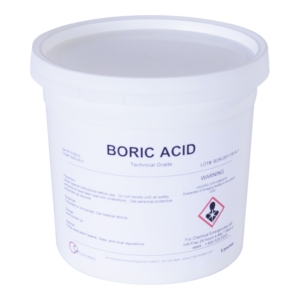Description
Pumice (Grade FFFF)
From Wikipedia, the free encyclopedia
Pumice is a highly vesicular pyroclastic extrusive igneous rock of intermediate to siliceous magmas including rhyolite, trachyte and phonolite. Pumice is usually light in colour ranging from white, yellowish, gray, gray brown, and a dull red. Most of the time, it is white. As an extrusive rock it was made from a volcanic eruption. Pumice has an average porosity of 90%. Pumice is formed as pyroclastic material is ejected into the air as a froth containing masses of gas bubbles or vesicles, the lava solidifies quickly and the vesicles are contained in the rock. The basaltic version of pumice is known as scoria and has many differences due to mineralogy. When larger amounts of gas are present, the result is a finer-grained variety of pumice known as pumicite. Pumice is considered a glass because it has no crystal structure. Pumice varies in density according to the thickness of the solid material between the bubbles; many samples float in water. After the explosion of Krakatoa, rafts of pumice up to 25 m long floated through the Pacific Ocean for up to two years, some with palm trees and other vegetation growing on them. In 1979, 1984 and 2006, underwater volcanic eruptions near Tonga created large pumice rafts, some as large as 30 km that floated hundreds of miles to Fiji.
Pumice has a very low density.There are two main forms of vesicles. Some pumice contains tubular and subparallel ones which give the pumice a silky fibrous texture due to extrusion and flowage of the pumice as it is formed. The other form of vesicles are subspherical to spherical and result from high vapor pressure during eruption.
Uses
Pumice is widely used to make lightweight concrete. When used as an additive for cement, a fine-grained version of pumice called pozzolan is mixed with lime to form a light-weight, smooth, plaster-like concrete. This form of concrete was used as far back as Roman times.
It is also used as an abrasive, especially in polishes and cosmetics exfoliants. “Pumice stones” are often used in salons during the pedicure process to remove dry and excess skin from the bottom of the foot and also calluses. Finely ground pumice is added to some toothpastes and heavy-duty hand cleaners as a mild abrasive. Perhaps the most famous product advertised to contain pumice is Lava soap. It is a heavy-duty hand soap, sold in both bar and liquid form, for mechanics and others who get very dirty hands.






